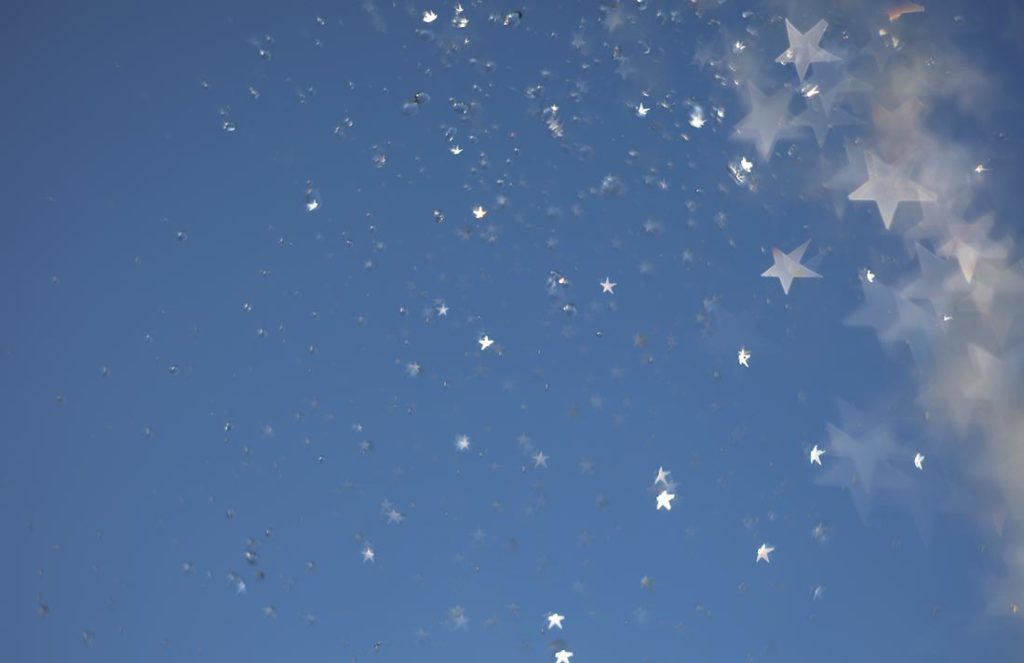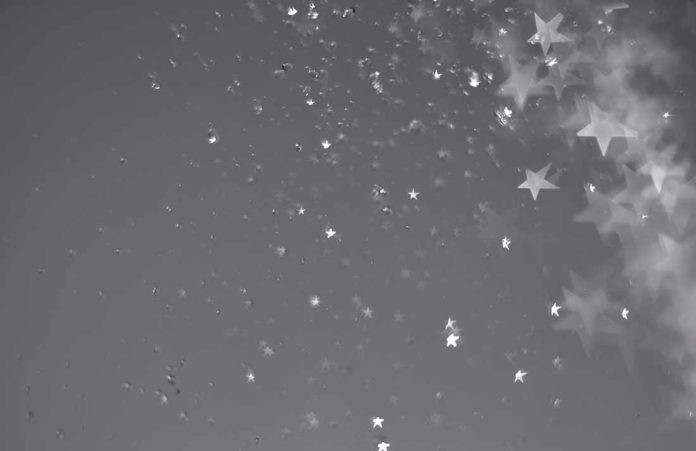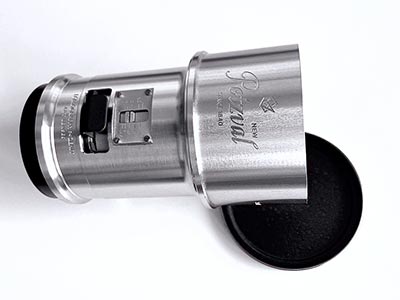Lens overview
The Petzval 85 mm f/2.2 is Lomography’s modern, brass‑barrel revival of Joseph Petzval’s 1840 portrait design—rebuilt for Canon EF and Nikon F mounts with manual geared rack focusing and Waterhouse aperture plates (no iris). It’s manufactured by Zenit (KMZ, Krasnogorsk) using multi‑coated glass, and is best known for its sharp center and signature swirly bokeh toward the edges. Field of view is roughly 28–30°, minimum focus 1 m, and filter thread 58 mm—official lens information from Lomography.
Key specs
- Mounts: Canon EF, Nikon F (full frame)
- Optics/Mechanics: Petzval formula; Waterhouse plates f/2.2–16; gear‑rack focus; no electronics/AF
- Field of view: ~28° (according to the official tech sheet); some retailers list 30°
- Closest focus: 1 m • Filter: 58 mm
- Weight: ~0.65–0.68 kg (brass build)
- Manufacturing: Zenit (KMZ, handcrafted brass)
Pricing (then & now)
- Launch pricing: Kickstarter/retail target $499/€499; retail commonly $599 (black finishes sometimes higher).
- Current market (2024–2025): Often $400–550 used; occasional new/overstock listings around $499 on sale. Prices vary by mount/finish/condition.
Build and ergonomics
A solid brass exterior (available in gold or black) lends the lens real heft and a distinctive, heritage look. Focus is achieved via a rack-and-pinion knob, which is precise but slower than a modern helicoid. The Waterhouse slot accepts standard plates (f/2.2 to f/16) and shaped plates for creative highlights; there’s no click‑stopped ring. Expect a front‑heavy feel on small bodies; a grip or support helps for long sessions.
Optical performance
- Sharpness – Excellent central definition at f/2.2–4; edges are intentionally soft with strong field curvature. Stop to f/5.6–8 for more uniformity if you don’t want the swirl to dominate.
- Color & contrast – Neutral‑rich color and decent micro‑contrast from multi‑coated glass; files grade well.
- Bokeh & rendering – The raison d’être: swirly “tornado” bokeh with pronounced cat’s‑eye highlights off‑axis; shaped Waterhouse plates can add star/heart effects.
- Flare & CA – Backlight can induce veiling flare and color fringing; use the hood and compose to minimize bright edges near the frame.
- Vignetting & distortion – Heavy vignetting, evident when wide open, contributes to the look; geometric distortion is low, but the field curvature dominates the periphery’s aesthetics.
Digital adaptation
- Canon RF: EF version mounts via a simple EF→RF adapter; infinity and EXIF‑less operation are preserved.
- Nikon Z: The F version works via FTZ; the EF version can be adapted with a passive EF-to-Z adapter, as the lens is fully manual.
- Sony E, Fuji X, L-mount: Use passive EF→E / F→E (or →X /→L) adapters; the short mirrorless flange makes infinity focus trivial.
- Stabilization: No OIS; bodies with IBIS help at slower shutter speeds (set 85 mm manually).
Historical and collector context
The 2013 Kickstarter revival reintroduced the Petzval “portrait look” to modern SLRs, with production by Zenit (KMZ) in Krasnogorsk. Brass construction and drop-in plates echo 19th-century practice, while the EF/F mounts opened it up to a huge user base. Today it’s a niche classic: not rare, but desirable to portraitists and collectors who value the look.
Price positioning: Originally $499 (standard brass), later commonly $599 at retail; today, typical used sales range from $400 to $ 550, with finish/mount affecting the price.
Impressions
Treat it like a special‑effects prime: compose with your subject centered (or slightly off‑center) and place busy backgrounds behind them to activate the swirl. Use f/2.2–4 for maximum character; stop to f/5.6–8 to rein it in. Focus with magnification/peaking (mirrorless) and be mindful of the 1m MFD. Creative plates can add stylized highlights (e.g., star, heart), as in your sample.
Sample Photos

Verdict — Pros and Cons
Pros
- Unique swirly bokeh and vintage rendering; creative Waterhouse plates included
- Solid brass build; strong central sharpness for portraits
- Simple adaptation to all major mirrorless systems (passive adapters)
- A distinctive aesthetic you can’t fake with standard lenses
Cons
- Heavy and front‑biased; slower handling (plates vs. iris, rack focus)
- No electronics / AF; EXIFless; backlit scenes can flare
- Vignetting/edge softness is part of the design—less versatile for general work
- Market price swings by finish/mount; not cheap for a niche tool




